Comprehensive Guide to Fever Detection: Methods, Tools, and Insights
Overview of Fever Detection
Fever is a common physiological response, often signaling the body's effort to combat infections or other health challenges. Accurate detection of fever is critical for timely diagnosis and treatment. This article delves into the essentials of fever detection, discussing its importance, the tools involved, and the methodologies employed.
Samples Required for Fever Detection
Fever detection typically relies on **body temperature measurements** as the primary sample. However, for comprehensive analysis, other biological samples may be collected to identify underlying causes. These include:
- Blood Samples: Used to detect infections, inflammatory markers, or other abnormalities.
- Saliva or Nasal Swabs: Useful in detecting viral pathogens.
- Urine Samples: Sometimes required to identify urinary tract infections linked to fever.
Key Parameters in Fever Detection
Accurate fever detection encompasses various parameters, including:
- Body Temperature: Measured in degrees Celsius (°C) or Fahrenheit (°F), with thresholds typically set at ≥37.5°C (99.5°F).
- Heart Rate: Elevated rates often correlate with febrile states.
- Respiratory Rate: Changes in breathing patterns can accompany fever.
Instruments Used in Fever Detection
A variety of devices are used to detect and monitor fever. These include:
- Thermometers: Digital, infrared, and mercury thermometers are commonly used for accurate temperature readings.
- Wearable Devices: Smartwatches and patches provide continuous monitoring.
- Laboratory Analyzers: Advanced instruments for analyzing blood and other biological samples to pinpoint the root cause.
Methods for Accurate Fever Detection
Different methods are applied depending on the situation:
- Oral Temperature Measurement: Standard for most clinical and home settings.
- Rectal Temperature Measurement: Known for its high accuracy, particularly in infants and children.
- Temporal Artery Thermometry: Non-invasive and widely used in hospitals.
- Comprehensive Diagnostic Testing: Includes blood culture, urinalysis, and imaging to investigate underlying causes.
Conclusion
Fever detection is not just about identifying elevated body temperature but also understanding its underlying causes and potential implications. Using the right tools and methodologies ensures precise and effective diagnosis, paving the way for targeted treatments. Embracing scientific approaches to detection fosters better health outcomes and timely interventions.
结语
以上是关于Comprehensive Guide to Fever Detection: Methods, Tools, and Insights的介绍,如有其它问题请 联系在线工程师 。




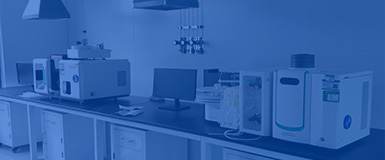
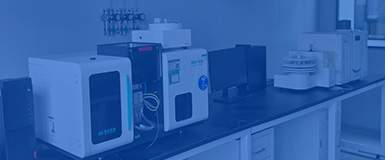
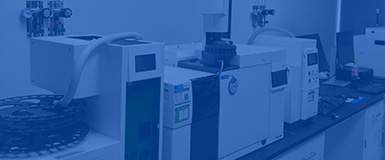
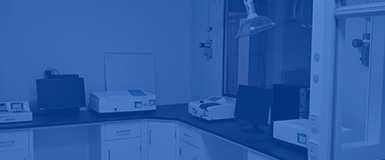
 第三方检测机构
第三方检测机构



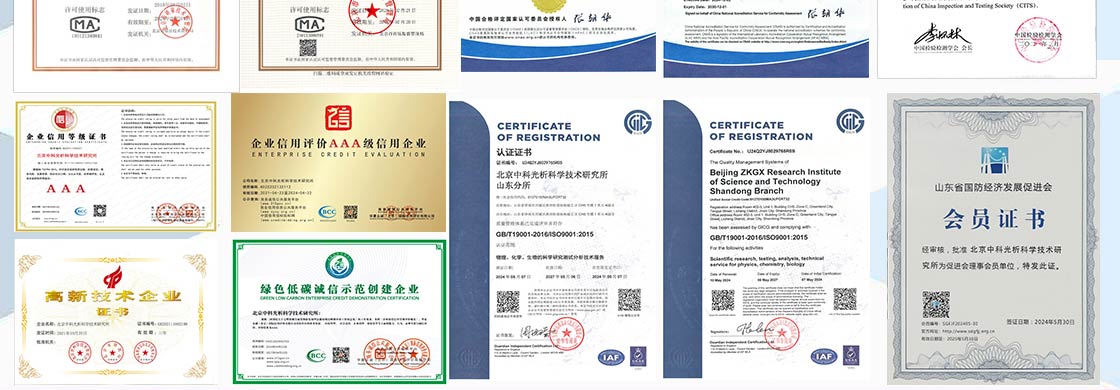

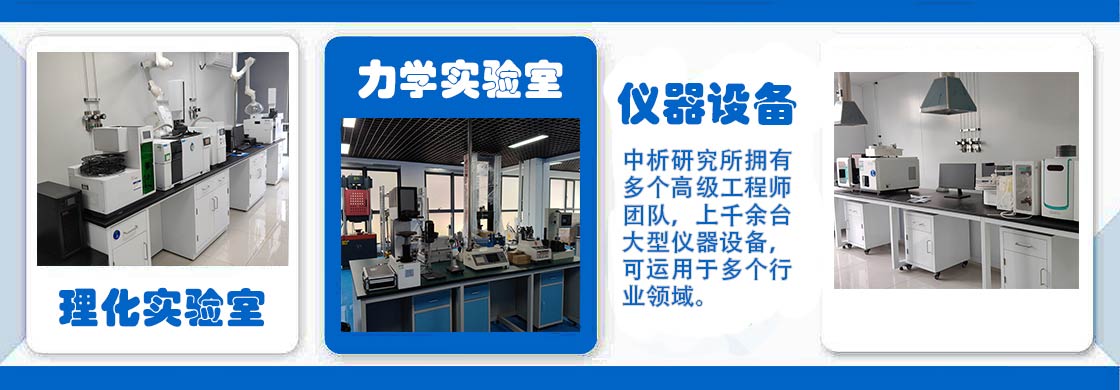
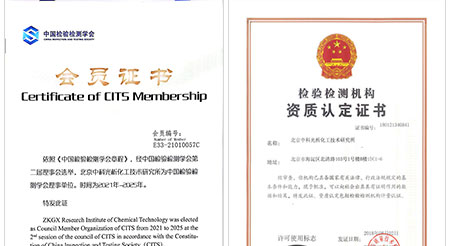




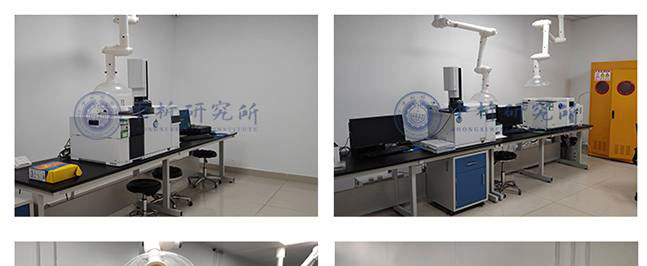
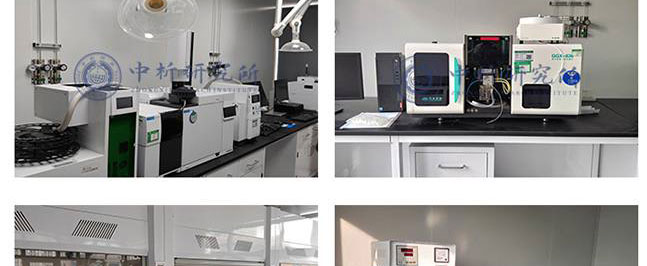
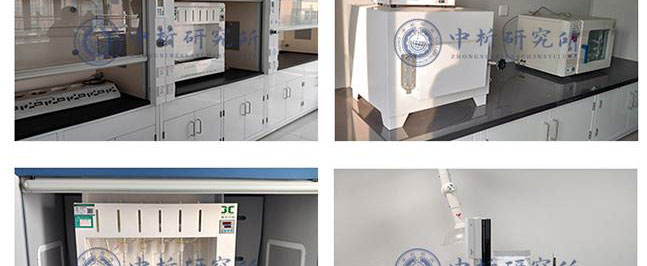
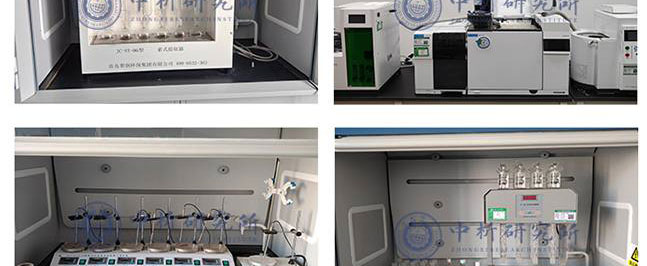
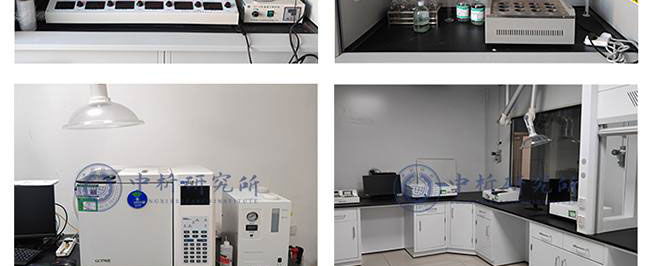
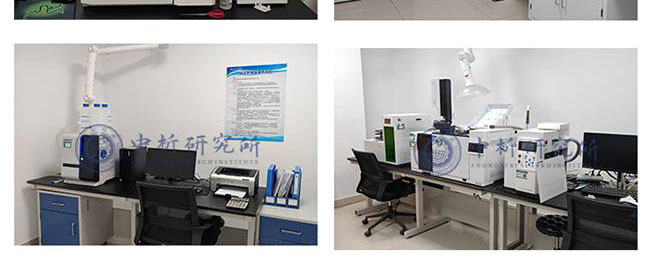

















 备案号:
备案号: